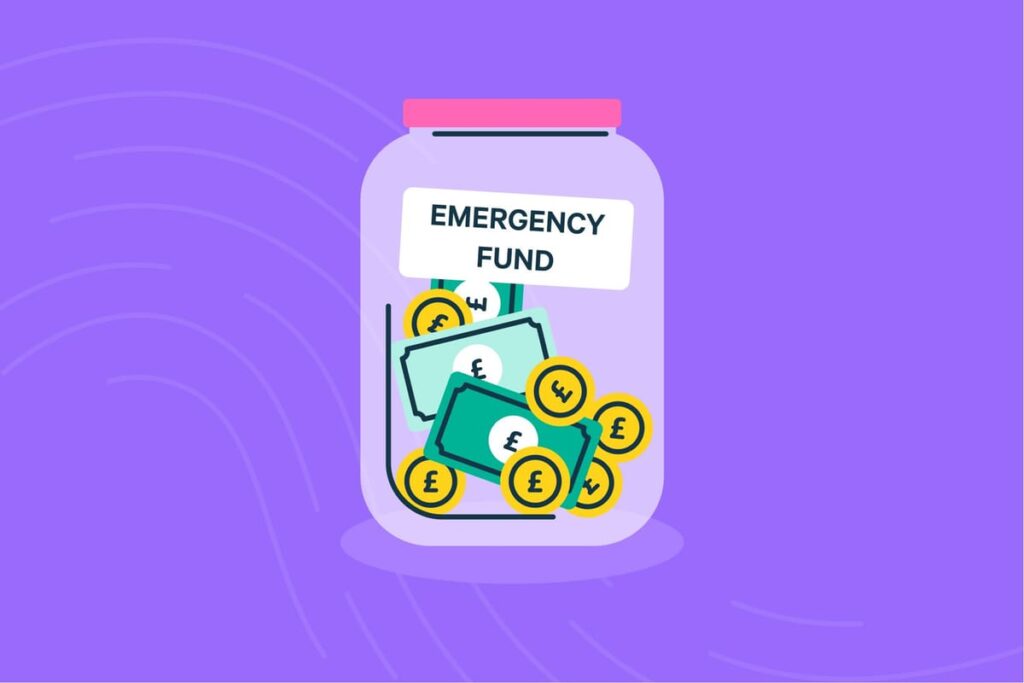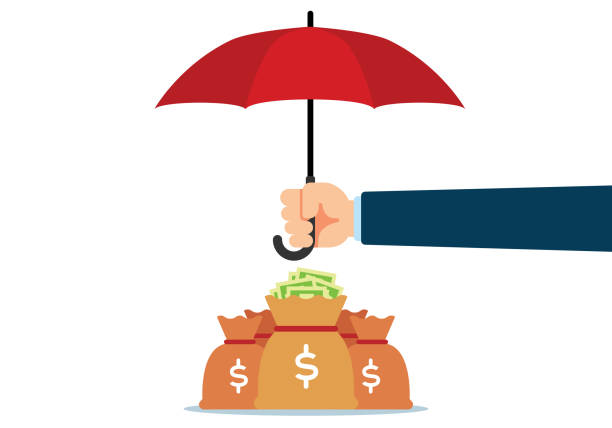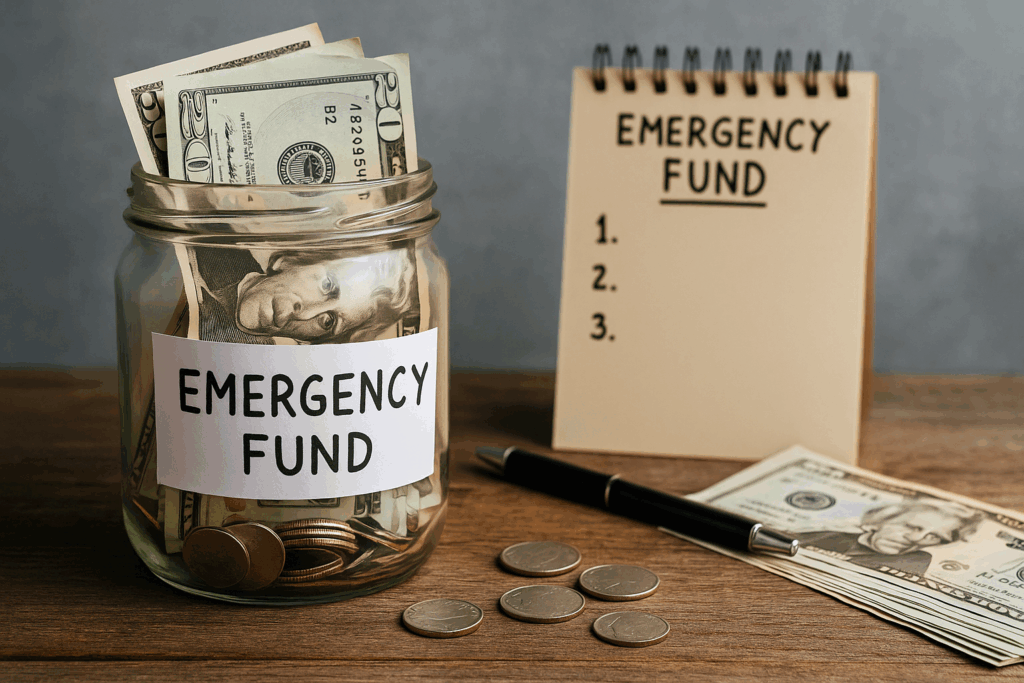Life is a journey filled with unexpected twists and turns. While some surprises are delightful, others, such as a sudden job loss, an unexpected medical bill, or a major car repair, can be financially devastating. For most people, these unforeseen events don’t just cause stress—they can completely derail long-term financial goals and plunge them into debt. This is where the emergency fund steps in.
An emergency fund is arguably the single most critical component of a healthy personal finance strategy. It’s a dedicated reserve of cash, easily accessible, designed to be your financial shield during crises. Think of it as a life raft that keeps you afloat when the waters of life get choppy. Building this safety net isn’t just a wise move; it’s a non-negotiable step toward achieving true financial peace of mind and security.
The Core Value Proposition: Security and Stability
The primary purpose of an emergency fund is to insulate your financial life from the unpredictable nature of the world. Without one, an unexpected $1,500 expense might force you to rely on high-interest credit cards, take out a costly personal loan, or, even worse, prematurely liquidate long-term investments like retirement accounts.
Avoiding the Debt Trap
One of the most powerful benefits of a robust emergency fund is its ability to help you avoid unnecessary debt. When a financial shock hits, the path of least resistance for many is a credit card. While quick, this solution comes with a high price tag—the interest charges. What starts as a temporary fix quickly balloons into a cycle of debt that can take years to escape. By having cash available, you handle the crisis directly, maintain your credit score, and keep your future income focused on growth, not interest payments.
Protecting Long-Term Goals
Your emergency fund also acts as a boundary wall, protecting your retirement savings and other critical long-term investment portfolios. Selling investments prematurely often results in penalties, fees, and the permanent loss of future growth, potentially setting back your retirement timeline by years. When you use a readily accessible cash reserve, your other investments can continue to grow, undisturbed by short-term crises.
The Peace of Mind Factor
Beyond the quantifiable financial benefits, the emotional advantage is enormous. Knowing you have a dedicated cushion to fall back on significantly reduces stress and anxiety related to money. This peace of mind allows you to focus your energy on resolving the actual emergency—whether it’s recovering from an illness or looking for a new job—rather than panicking about how you’ll pay the bills. It provides a feeling of control, stability, and confidence in an uncertain world.
How Much is Enough? Calculating Your Target
The universal rule of thumb for an emergency fund is to save enough to cover three to six months of essential living expenses. However, this is just a starting point, and your personal target should be tailored to your specific circumstances.
Step 1: Define Your Essential Expenses
The first step is a rigorous assessment of your true essential monthly expenses. This is not your entire budget; it’s only the non-negotiable costs you would have to pay even during a severe income disruption. These typically include:
- Mortgage or rent payments
- Utility bills (electric, water, gas)
- Basic groceries
- Essential transportation costs (car payment, gas, public transport)
- Minimum debt payments
- Insurance premiums (health, car, home)
You should exclude discretionary spending, such as entertainment, dining out, and non-essential subscription services, as these would be cut during a crisis.
Step 2: Determine Your Personal Risk Profile
Once you have your essential monthly total, multiply it by a factor that reflects your personal financial risk.
- 3 Months of Expenses: A good target if you have a very stable job, dual income in the household, and no major dependents.
- 6 Months of Expenses: A safer buffer for most people, especially those with average job security, a single-income household, or significant financial obligations like a mortgage.
- 9-12 Months of Expenses: Highly recommended if you are self-employed, work in an unstable industry, have chronic health issues, or have multiple dependents. The longer runway provides maximum security in a worst-case scenario.
For many, the final number can seem daunting. If so, a great approach is to set smaller, achievable milestone goals. Start by aiming for a “mini-fund” of $1,000 to cover most minor spending shocks. Once you hit that, you can move toward one month’s expenses, then three, and so on.
The Blueprint for Building Your Fund
Building a cash reserve of several months’ expenses requires discipline and a strategic approach. Here are the most effective steps to make it happen:
1. Make it Automatic
The easiest way to ensure consistency is to automate your savings. Treat your emergency fund contribution like a non-negotiable bill. Set up an automatic transfer from your checking account to your dedicated savings account to happen the day after your paycheck lands. This “pay yourself first” method removes the temptation to spend the money before it reaches your safety net.
2. Slash Discretionary Spending
Conduct a detailed review of your budget to find money you can redirect. Look for subscription services you don’t use, reduce excessive dining out, or trim back on non-essential purchases. Even small savings, like cutting $50 a week, can add up to $2,600 over a year. This process isn’t about deprivation; it’s about prioritizing security over temporary gratification.
3. Harness Unexpected Windfalls
Any unexpected cash influx—such as a tax refund, an annual work bonus, an inheritance, or a financial gift—should be channeled directly into your emergency fund. These “found money” opportunities are powerful accelerators that can help you reach your savings goal much faster without impacting your regular budget.
4. Choose the Right Home for Your Cash
Your emergency fund must meet two criteria: liquidity and safety. It must be easily accessible, but also separate from your daily spending money. For this reason, it should not be invested in the stock market, as the value could drop when you need it most.
The best place for your emergency fund is typically a High-Yield Savings Account (HYSA). These accounts are insured by the government (up to the legal limit), offer higher interest rates than traditional savings accounts, and allow immediate access to your money, providing the perfect balance of security and minimal growth.
Maintenance and Replenishment
Once you’ve reached your target amount, the work isn’t over—it’s just transitioned from building to maintenance.
- Only Use it for True Emergencies: Be disciplined. The fund is for true financial crises—job loss, major medical bills, or essential home/car repairs. It is not for a vacation, holiday shopping, or a sudden desire for a new gadget.
- Replenish Immediately: If you are forced to use your emergency fund, make replenishing it to its target level your absolute top financial priority. Treat the amount withdrawn as a debt you must repay to your future self.
In the complex ecosystem of personal finance, the emergency fund is the most fundamental foundation. It transforms uncertainty into confidence, debt into freedom, and anxiety into peace. Start today, set that automatic transfer, and begin building the financial safety net that will protect everything else you’ve worked for.




